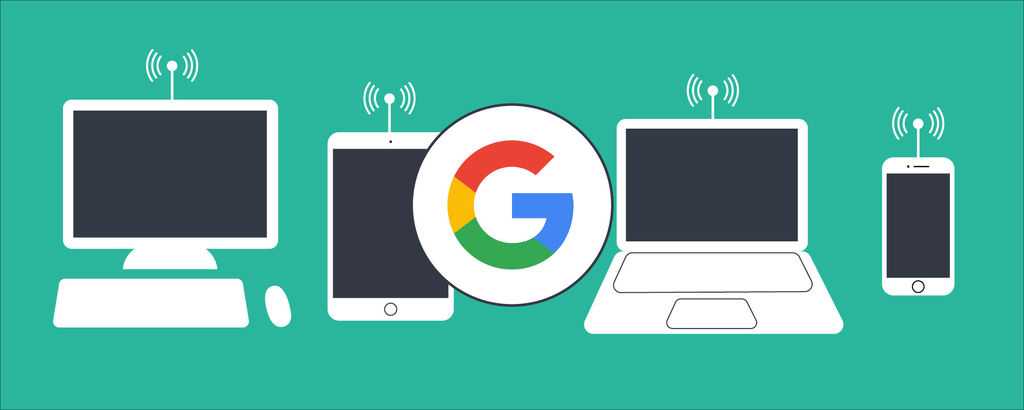Your Guide to Google Analytics’ New Cross Device Tracking and Reporting

Recently, Google officially announced that it’s rolling out new cross device tracking capabilities and reports to all accounts in the next few weeks.
Since 2016, marketers have had the ability to set up cross device tracking by setting up User IDs and having users log in on their site. Using cookies, marketers could track the multiple devices (computers, mobile phones, and tablets) that the customer used to sign in. Unfortunately, most users don’t log into websites unless they absolutely have to—and most sites don’t require logins.
To get a more complete picture of user behavior, Google has now rolled out “Google Signals,” which uses a customer’s Google account login to identify the same customer on multiple devices. Users are signed into their Google account whenever they use Gmail or Google Chrome or any other Google product and automatically stay signed in on that device. To comply with the GDPR (General Data Protection Regulation), they must opt into Personalized Advertising for their data to be collected by Google.
Activating Google Signals
Marketers will need to activate Google Signals to collect the cross-device data and use new reports. After signing into Google Analytics, now part of the Google Marketing Platform, go to the Property Column, then click on “Tracking Info,” and click on “Data Collection.”
If your account has been enabled for Google Signals, you will see a prompt to Activate Google Signals. If you don’t see it yet, don’t worry—it is still in beta but will be coming to all accounts soon. Once the Google Signals have been activated, Analytics will start gathering data on Google users across devices and making reports using the new data.
How will my reports be affected?
In the past, Google Analytics has used a last-click attribution model—the last device that the customer used to complete an action on your website was credited with the conversion. With cross-device tracking, Google will be able to credit multiple devices and visits from the same customer for a conversion, giving marketers a clearer picture of how customers use their website.
For instance, a marketer may have noticed in the past that most purchases on their website have been made by customers on computers. So, they bid higher on paid ads targeting people on computers.
The new Acquisition Device Report, however, may show that most customers visit a website for the first time on their mobile phone and then come back later to make the final purchase on their computer. So, they should focus on showing ads on mobile phones to capture new customers. Focusing ad spend on computers may actually hamper growth.
What this means for marketers
Marketers can also get a better idea of a single customer’s lifetime value to the company. They will be able to compile purchases by the same customer over time and get a better view of how often customers return & make new purchases on different devices.
In addition to the Acquisition Device report, other reports will compile cross-device data, including Device Overlap, Device Paths, and Channels reports. Once activated, a new Conversions column labeled “Cross device conversions” will also be available in linked Google Ads accounts using Analytics for conversions. This will help ad managers track conversions across devices for their paid campaigns.
Remarketing audiences will also be able to group returning visitors by how many times they have visited a site on different devices. This will allow marketers to target more specific groups of possible customers with remarketing campaigns.
How do I get started?
Easy! Just opt into Google Signals when your Analytics account is given access to the new capabilities. Then let the data roll in and run new reports under the “Audiences” tab.
—
What are your thoughts on Google Signals? Have you started using the feature yet? Let us know on Twitter @Perfect_Search!

Emily Lutz is from Kalispell, Montana and has been camping more times than she can count. She geeks out over musicals and the TV show Firefly (yes, she’s on some chat sites). Before joining Perfect Search, Emily was a zookeeper for ten years.
